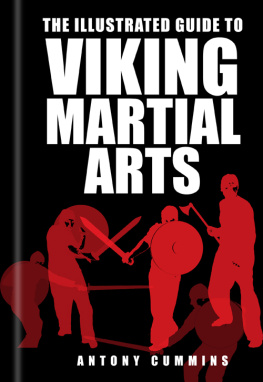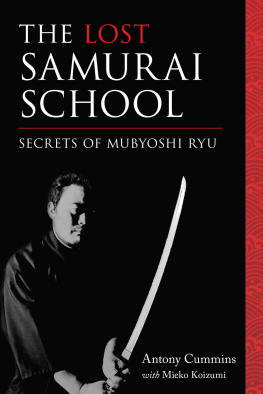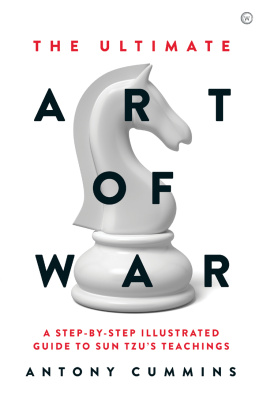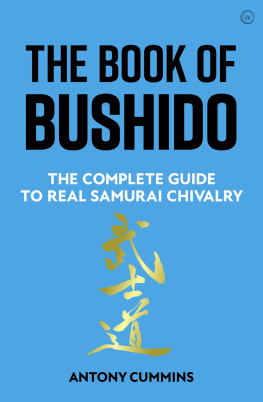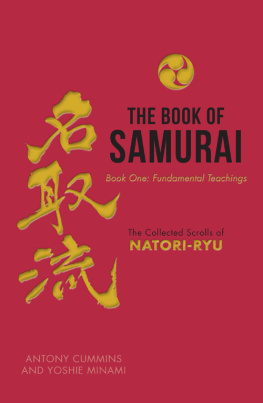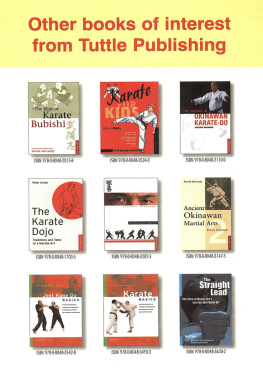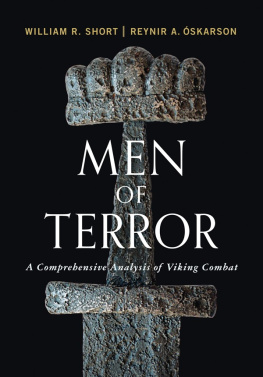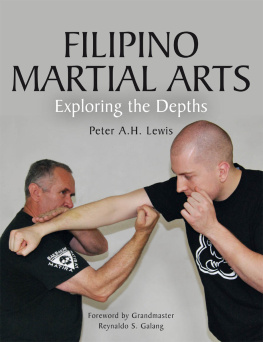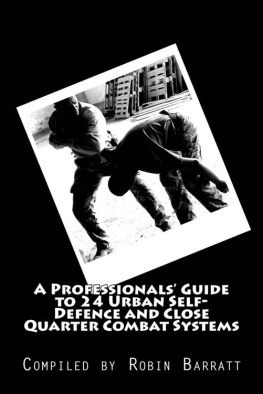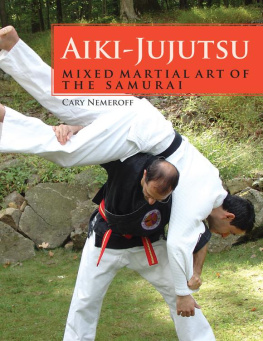A special thank you to Todd Palmer for his essay on the Viking quotations that has allowed me to produce this work. Viking Fighting Notes from 23 Sagas was the foundation and inspiration for this book. Also to Jayson Kane for his work on the graphics, his noir style bringing the images to life.
About the Author
Antony Cummins is an author and historical researcher. Having obtained his Masters degree at the University of Manchester in Archaeology, he has worked as a TV presenter, documentary fact checker and writer. He is also the head of the Historical Ninjutsu Research Team who translate and publish medieval ninja training manuals from various clans of antiquity. As a martial artist, Antony has spent most of his martial arts life studying human movement and the dynamics of combat, concentrating on the Japanese arts but with the aim of understanding the universal principles of movement that define historical combat. For more information on his work visit his website:
www.natori.co.uk
About the Graphic Designer
Jay Kane studied Art and Design in England and works as a freelance graphic designer. He has has worked alongside Antony Cummins for many years, realising his visions. Jayson lives in Stockport, England. For more information on his work, visit his website:
www.iamjaykane.co.uk
CONTENTS
The Weapons and the Images
The Overhead Cut
The Strike to the Neck
The Downward Strike to the Shoulder
The Upper Shield Cleave
The Lower Shield Cleave
Severing the Arms
The Horizontal Cut
The Mid-level Strike to the Leg
The Low-level Strike to the Leg
Cutting Through Both Legs
The Thrust and Stab
The Leap and Thrust
The Downward Stab
The Two-Handed Cut
Throwing the Sword
Pummelling
Sundering a Weapon
The Parry and Cut
The Spear Throw
Catching and Throwing it Back
The Thrust
The Upward Thrust
The Lower Thrust
The Impale and Lift
The Slash and Cut
The Strike to the Centre of the Back
The Overhead Cut
The Strike to the Neck
Striking the Shoulder
The Shield Cleave
The Horizontal Cut
The Mid-level Strike to the Legs
Attacking the Feet
Attacking the Arms
Sundering a Weapon
The Parry and Cut
Ambidexterity
The Shield Wall
Individual Protection
Hemming In
The Sword Disarm
The Shield as a Weapon
The Redirection
Knocking Down a Spear
The Body Grapple
The Manipulative Grab
The Improvised Weapon
The Throw
The Disarm
Leaping the Spear
The Pre-combat Dismount
The Spur Gash
Combination 1
Combination 2
Combination 3
Combination 4
Combination 5
Combination 6
Combination 7
Combination 8
Combination 9
Combination 10
Group Combat 1
Group Combat 2
Group Combat 3
The Way of Death
The Way of Suicide
Claiming the Head
Armed and Ready?
The Spiked Shoes
The sagas referred to in this book were sourced from the Online Medieval and Classical Library (OMACL) and are a collection of public domain texts that are available to all. For further information, please view the full manuscripts on the OMACL website or the published sagas themselves. Each saga has been given a Roman numeral for ease of reference.
I | The Life and Death of Cormac the Skald |
II | The Story of the Heath-Slayings |
III | The Story of the Volsungs |
IV | The Story of the Ere-Dwellers |
V | The Laxdaela Saga |
VI | The Saga of Grettir the Strong |
VII | The Story of Burnt Njal |
Heimskringla , the Chronicle of the Kings of Norway, includes the following sagas: |
VIII | Ynglinga |
IX | Halfdan the Black Saga |
X | Harald Hafagers Saga |
XI | Hakon the Goods Saga |
XII | Saga of King Harald Grafeld and of the Earl Hakon Son of Sigurd |
XIII | King Olaf Trygvasons Saga |
XIV | Saga of Olaf Haraldson |
XV | Saga of Magnus the Good |
XVI | Saga of Harald Hardrade |
XVII | Magnus Barefoots Saga |
XVIII | Saga of Magnus the Blind and of Harald Gille |
XIX | Saga of Sigurd, Inge and Eystein, the Sons of Harald |
XX | Saga of Hakon Herdbreid |
XXI | Magnus Erlingsons Saga |
The pounding of the surf, the call of a horn and the sight of a square sail on the horizon; you may be thinking that the next sound would be the troubled cry of a beachcomber screaming the word Vikings! This may not have been the case. While the Anglo-Saxon word Wicing existed, we do not know when this word became the common name for all Scandinavian raiders, they may also have be called the Danes, North-men or other names. Viking may be derived from the Old Norse word vik , meaning a bay, implying a Viking was one who kept his ship in a bay, or the Old English wic , meaning a camp or a trading place. However, the word Viking is used today to describe Scandinavian warrior-farmers and/or Scandinavian privateers and raiders. It is not the intention of this book to list and identify the social differences in the Viking world, or to differentiate between those who were warrior-farmers and those who were professional sea raiders and privateers. The purpose is to attempt to reconstruct the fighting arts of all the people within the medieval Scandinavian world. No matter what they were called or how they were portrayed, we know that what we are dealing with is a group of men who are warrior-farmers and that for the purposes of this book it does not matter if they were fighting in Scandinavia over land disputes, raiding monasteries or protecting the Dane-law in England. For this investigation into the martial arts of the Vikings, we have only to know that a Viking, as we have come to know them, was a Scandinavian who was part of a warrior culture with its own methods of fighting. Therefore, this book will refer to all Scandinavian warriors as Vikings, as that is the name by which they are now most commonly known.

ANALYSING THE TEXTS
The first thing an academic would do is list the pitfalls in attempting to reconstruct the Viking martial arts by using the post-Viking era writings. These include:
1 The time delay between the events of the saga era and the recording of the sagas can average around 200 years.
2 The authors were writing for a specific audience.
3 The clothes, weapons and items of the world in the sagas actually reflect the Christian medieval period at the time of writing.
4 The subtleties of translation could lead to mistakes.
5 The writers embellished the feats of those in the stories beyond the reality.
These problems are all good reasons not to trust the word of the sagas. Most academics would say it is too problematic to get a correct martial understanding from them. However, the aim of this book is simply to take the basic elements of the combat as described and start to reconstruct them as a martial art, not to analyse the historical record in full. So this book becomes a starting point for all Viking enthusiasts to work from, as a guideline for reference. While some feel that the reality is too far away to grasp, the author feels that the truths that will be unearthed through this approach are worth the effort of tackling the problems that the saga writers have left for us.

